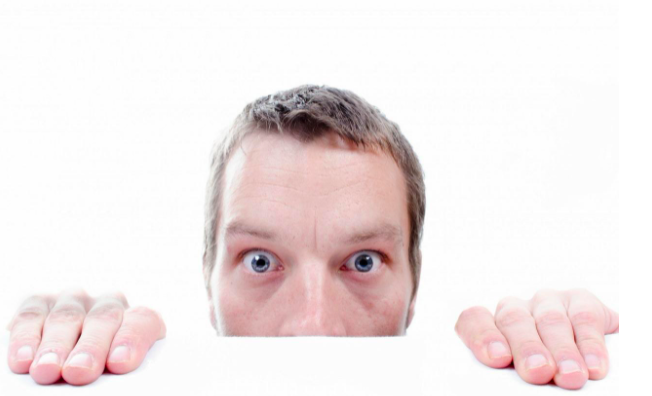What are YOU afraid of? Are you one of the 19 million Americans who has a phobia? If you are, you may find that it impacts your life more than you would like it to. Unlike most fear, phobias are often irrational and long-lasting, and based on an exaggerated sense of danger.
Phobias can be complicated since they trigger a psychological and physiological response within us. People who experience physical reactions to phobias often experience increased heart rate, sweating, shaking, lightheadedness, chills, crying and even a sensation of tightness in the chest.
These physiological symptoms are activated when our sympathetic nervous system kicks into gear and we are immersed in what is commonly known as the fight, flight or freeze mode.
Why Do Phobias Cause Physical Reactions?
The reactions of our bodies to mental stimuli reinforces just how interconnected our minds and bodies really are. Fear is an emotional and physical experience, as is anger, love, and excitement. Our bodies are pre-programmed for coping with perceived threats, and our sympathetic nervous system takes over. Otherwise known as fight, flight or freeze, this mode we are automated for being on high-alert and preparing for danger.
Often in the aftermath or sometimes during the event, our bodies may transition over to the parasympathetic nervous system functions, meant to preserve our resources. Parasympathetic systems slow our breathing and heart rate, may cause you to become light-headed or feel weak. This system prevents us from overload and is meant to be a protective defense mechanism. These systems are so well established that we cannot stop them from happening when they are triggered; they simply must play out and re-establish status within our bodies.
Impact of Phobias and How to Cope
The cycle of phobia triggers sympathetic nervous system response and recovery is uncomfortable and exhausting. In response to this, many people end up avoiding their phobias, which is a perfectly natural response to discomfort. Unfortunately, many phobias cannot be entirely avoided.
If one fears spiders (arachnophobia), it is impossible to predict when and where a spider may be encountered. Fear of unexpected phobia triggers may even cause one to withdraw in extreme ways or take advanced measures to avoid the trigger.
The problem with avoidance is that it disempowers us rather than giving us a sense of real control. When our fears dictate our behaviors and cause avoidance, it shrinks our world quickly. Avoidance reinforces the phobia’s power rather than our own. Avoidance breeds more anxiety, which perpetuates ongoing withdrawal from our lives.
Coping with phobias head-on through gradual exposure can help build your tolerance to discomfort and create new messages to send to your brain. Preparing for exposure to phobias is often started in a therapy setting. The clinician helps the person develop a plan to approach the trigger in gradual steps, increasing the level of intensity and learning to sit with the discomfort and self-soothe during each step.
As an example, one might have a phobia of talking to strangers. The first step in establishing an exposure plan is to create a fear ladder. The first level of the ladder may be practicing small talk with the therapist or a family member. The second level of the fear ladder may include making eye contact with strangers in a grocery store or smiling at others and saying hello while passing by.
The third level of the ladder may be asking for help finding a specific book at the local library or placing an order at a restaurant. As each level is accomplished, and the fear is tolerated, it empowers the next step of the ladder.
The final step of the ladder may be striking up a conversation with a stranger in a public setting; a task that may have felt impossible for the client at the beginning of treatment. Exposure to phobias in an intentional, guided way can reduce the internal reactions and create new responses within the mind and body.
